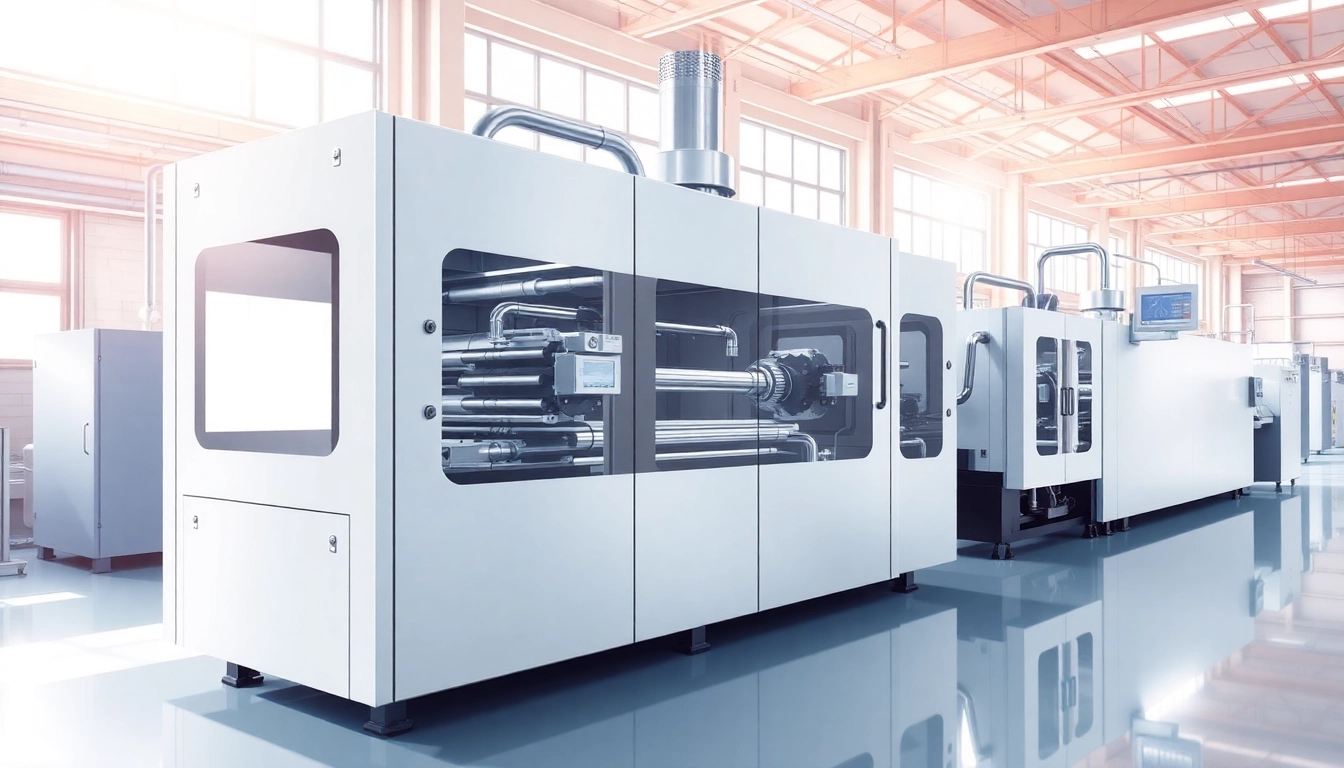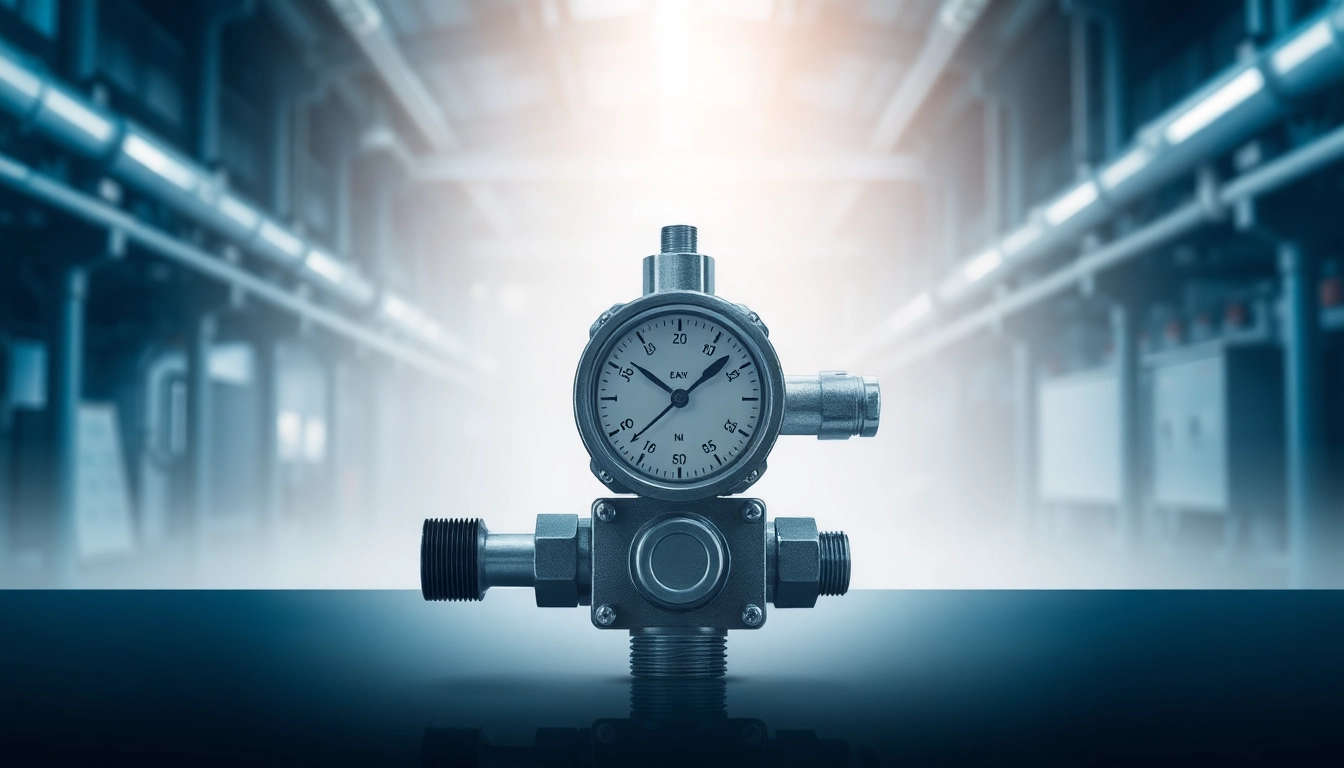Overview of Blow Molding Technology
What is Blow Molding?
Blow molding is a manufacturing process that shapes hollow plastic parts by forcing air into molten material. This method allows manufacturers to create complex shapes, especially for containers such as bottles and tanks. The principles of blow molding date back to the late 1800s, but the industrial use gained momentum from the mid-20th century as the demand for plastic products surged. Today, blow molding machines are crucial in various industries, producing millions of plastic items ranging from household containers to automotive components.
Applications of Blow Molding Machines
Blow molding machines are versatile tools employed in producing an array of plastics. One of the most common applications is in the beverage industry, where manufacturing plastic bottles in different sizes and shapes is a regular activity. Furthermore, industries like food packaging, pharmaceuticals, and consumer goods rely heavily on blow-molded products. Other applications include:
- Production of large containers for chemicals and hazardous materials.
- Manufacturing automotive components, such as fuel tanks and bumpers.
- Creating custom packaging solutions for various industrial products.
Comparison of Blow Molding Methods
Blow molding can be primarily categorized into three distinct processes: extrusion blow molding (EBM), injection blow molding (IBM), and stretch blow molding (SBM). Each method has its unique advantages and applications:
- Extrusion Blow Molding (EBM): EBM is one of the most widely used methods, where a hollow tube of molten plastic is extruded and then inflated into a mold.
- Injection Blow Molding (IBM): IBM combines the advantages of injection molding and blow molding to form products with high precision and quality, particularly in complex shapes.
- Stretch Blow Molding (SBM): This technique is primarily used for producing PET bottles. It involves stretching the preform before inflation to enhance the strength and clarity of the finished product.
Key Benefits of Choosing the Right Manufacturer
Quality and Reliability
Choosing a reputable Blow Molding Machine Manufacturer ensures the production of high-quality products. Notably, manufacturers with established names tend to have rigorous quality control processes and use premium materials, resulting in durable and reliable machines capable of sustaining heavy-duty production schedules.
Innovative Technologies
The landscape of blow molding is ever-evolving, with leading manufacturers continuously integrating innovative technologies such as automation, IoT (Internet of Things), and Industry 4.0 practices. These advancements allow for improved production efficiency and reduced error rates, enhancing overall functionality and performance.
Customer Support and Services
An efficient blow molding machine manufacturer offers comprehensive customer support services, including machine installation, maintenance, and troubleshooting. This support is vital for minimizing downtime, ensuring optimal machine performance, and extending the service life of equipment.
Top Features of Blow Molding Machines
Efficiency and Speed
Modern blow molding machines are designed for high productivity and efficiency. Key features often include high-speed operation capabilities, which may reach rates of up to 65,000 bottles per hour for certain systems. This efficiency allows businesses to meet demand without sacrificing quality.
Sustainability Practices
Increasingly, manufacturers are focusing on sustainability by producing blow molding machines that utilize recyclable materials and energy-efficient processes. Technologies such as hybrid systems, which combine electric and hydraulic functionalities, help reduce energy consumption, aligning with global sustainability goals.
Customization Options
Blow molding machines can be customized to meet specific production needs. Manufacturers often offer machines with adaptable molds and configurations, allowing for the production of diverse product lines. This flexibility helps businesses to cater to niche markets and specific customer requirements effectively.
Market Leaders in Blow Molding Machines
Industry Benchmark Manufacturers
Several manufacturers have established themselves as leaders in the blow molding machine market. Companies such as Uniloy, Wilmington Machinery, and Jomar Corporation are recognized globally for their advanced technologies, reliability, and customer-oriented solutions. They stand out due to their offerings of diverse blow molding technologies, robust customer support, and a commitment to innovation, ensuring they remain at the forefront of the industry.
Emerging Players in the Market
Beyond established names, several emerging players are making significant impacts in the blow molding sector. Innovations brought forth by newer companies often focus on developing more compact and efficient machines that cater to smaller production facilities. These players usually emphasize sustainability and cost-effectiveness to access a broader market.
Case Studies of Successful Implementations
Numerous case studies detail how companies have successfully integrated blow molding technology to improve their operations. For instance, a case study on a beverage manufacturer transitioning from injection molding to blow molding resulted in a production capacity increase of 40% while simultaneously reducing raw material wastage. Such implementations highlight the tangible benefits manufacturers can achieve through strategic decisions on machinery investment.
Choosing the Right Blow Molding Machine for Your Needs
Factors to Consider
When selecting a blow molding machine, several factors must be considered to ensure that the equipment adequately meets production needs. Key considerations include:
- Volume and type of products needed
- Material specifications
- Production speed requirements
- Energy consumption, maintenance costs, and potential downtime
Cost vs. Performance
The decision between investing in high-performance machines versus more economical options can be challenging. While cheaper machines may offer short-term savings, they often compromise on longevity and efficiency. Evaluating the total cost of ownership, including operational expenditures, maintenance needs, and growth potential, is essential in making an informed choice.
Long-term Investment Value
Investing in blow molding machines is often a long-term strategy. Business owners should consider how well the machinery aligns with future operations, including anticipated growth, changes in product lines, and advancements in technology. Establishing partnerships with manufacturers that emphasize the longevity and adaptability of their machines can yield significant returns in the long run.


